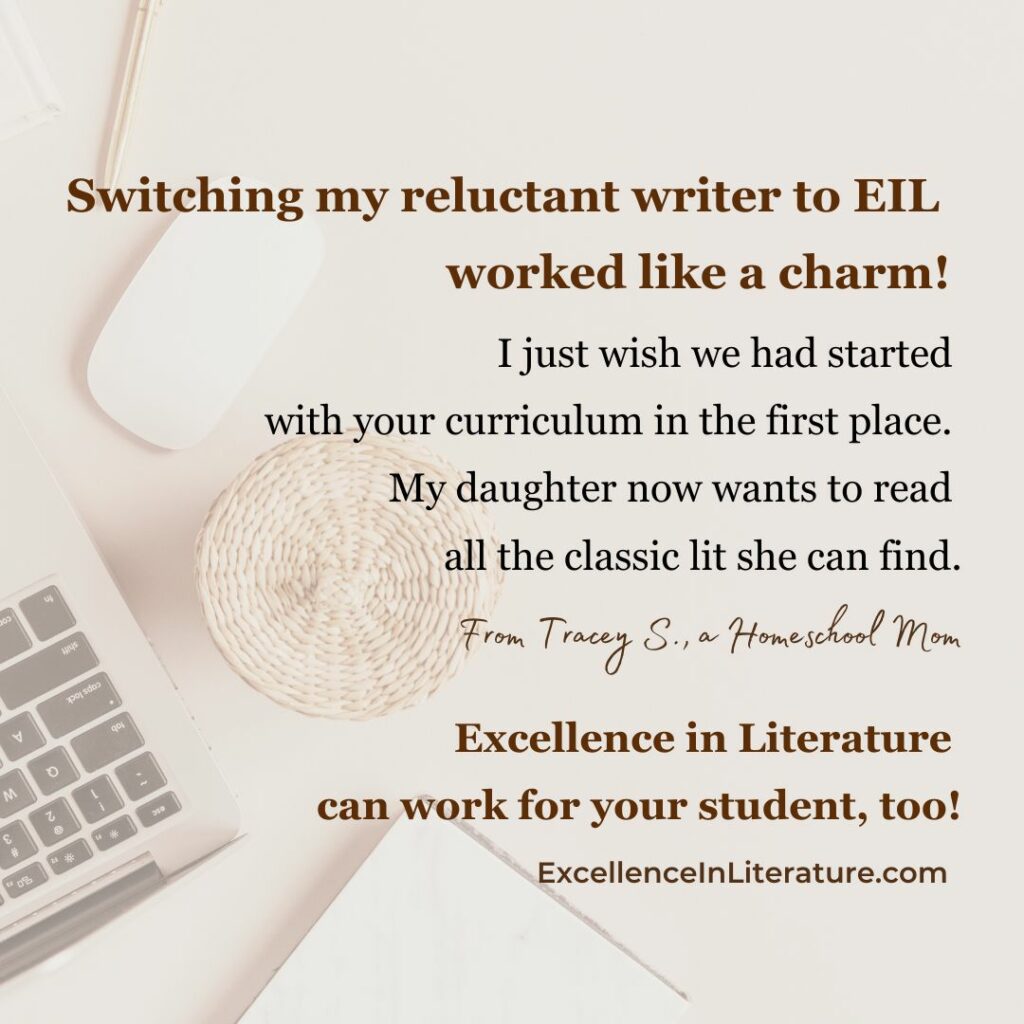Perfectly Parsed Piffle- The Writing Evaluator’s Dilemma
As parent-teachers, we’ve all seen boring writing assignments — a grammatically-correct report that simply paraphrases an encyclopedia entry or a five-paragraph essay that piles one trite cliche on another, and concludes without a glimmer of an original thought. If you’re anything like me, you may even remember writing a few of those! The cause of such frightful compositions usually lies in an inadequate reading foundation (input) or in a poorly-thought-out writing assignment.*

I’ll write about how to remedy the causes another time, but today, I’d like to discuss how to evaluate this kind of writing. To a parent, perfectly parsed piffle often poses a dilemma. If there are no obvious mechanical errors (spelling, punctuation, grammar, word usage), does the student’s work deserve an “A”? How do you grade a paper for shallow content and lack of originality — and should you even do so?
Evaluate content first
When I worked as an independent writing evaluator (someone who evaluates writing assignments for other people’s students), I saw a lot of papers. I learned that content is the most important thing to evaluate, especially once students reach junior high and high school. I base this belief on two fundamental principles:
- Writing is communication.
- Writing is thought made visible.
It’s essential to learn clear communication for a myriad of reasons I won’t address here, but in order to communicate well, a student must learn to think clearly and critically. Clear, critical thinking is necessary in order to understand an assignment, conduct appropriate research, establish a logical thesis, provide strong supporting evidence, and communicate with style so that it will be read, and if appropriate, acted upon.
Teachers get what they settle for
Thinking can be hard work, and many students will avoid it when it’s not necessary. I remember my own tactic in classes I didn’t find interesting — I’d turn in a frightful compilation of piffle (beautifully written, of course) for the first assignment. If the instructor fell for the perfectly parsed, idea-free prose, and granted me an A, perfectly parsed piffle is all he or she would get for the whole semester. I felt that if someone didn’t know the difference between a good essay and empty phrases, he or she didn’t deserve my best efforts.
On the other hand, I loved the classes in which the instructor demanded clear thought and original work, and I made it a point to go above and beyond the basic requirements in them. In retrospect, of course, I would have learned more if I had invested more interest and thought in classes where it wasn’t required, but that’s not the point of this post. The point is that most students will get away with as little thought-work as possible if they are allowed.
An essay or report that is simply a paraphrase of someone else’s fact-finding work does not indicate thinking at all, and certainly not critical thinking. To grant a grade of A or ‘”Excellent” to an essay that is empty of carefully-considered ideas is to defeat the point of writing instruction, and of education itself. Still, it somehow feels wrong to give a poor grade to a mechanically perfect essay. This is the parent-evaluator’s perpetual dilemma!
Set the standard with a rubric
There is a simple solution that many teachers and independent writing evaluators use, and it’s perfectly adaptable for home use. It’s an evaluation system that uses a checklist, known as a rubric, that helps to evaluate an assignment by a specific set of standards. Most rubrics allow an evaluator to measure progress in areas such as content, organization, style, word use, sentence fluency, and mechanics. Thus, each area can be evaluated separately, with areas of strength receiving more points, and areas of weakness receiving fewer. It’s a simple concept that can totally change the way you evaluate!
This post is getting long, so I’ll discuss this more in future posts. I know that the evaluation of student writing is big bugaboo to many parents, and it doesn’t have to be. It’s challenging, but there are ways to get it all done.
Now — it’s time to get outside and enjoy this crispy fall weather!
*Note: Some assignments just beg to be given short shrift, and in these cases, I do not object to doing so. As an example, all of my sons have had to write papers evaluating classes they have taken, and explaining how the class has “changed them as a person” or “changed their life.” Frankly, few classes have that much of an impact, and the ones that do are rarely followed by such an inane assignment. The task is, then, to be honest, while still producing a paper that earns a decent grade. Useful for learning tact, perhaps, but a general waste of academic time.
Definitions from the Shorter Oxford English Dictionary, 5th Edition:
Critical- II:5: Skilful at or engaged in criticism, esp. of literature or art; providing textual criticism. 6: Involving careful judgement or observation…
Parse- verb: . . . Resolve (a sentence, phrase, etc.) into component parts of speech for grammatical description. In computing- analyze (a string)into syntactic components, esp. to test conformability to a given grammar.
Piffle: A: verb intransitive. Talk or act in a feeble or trifling way. B: noun. Foolish or empty talk; nonsense, drivel.
Want to read more about evaluating writing?
How to Evaluate Writing (It’s More than Grading Papers)at the Excellence in Literature site.















